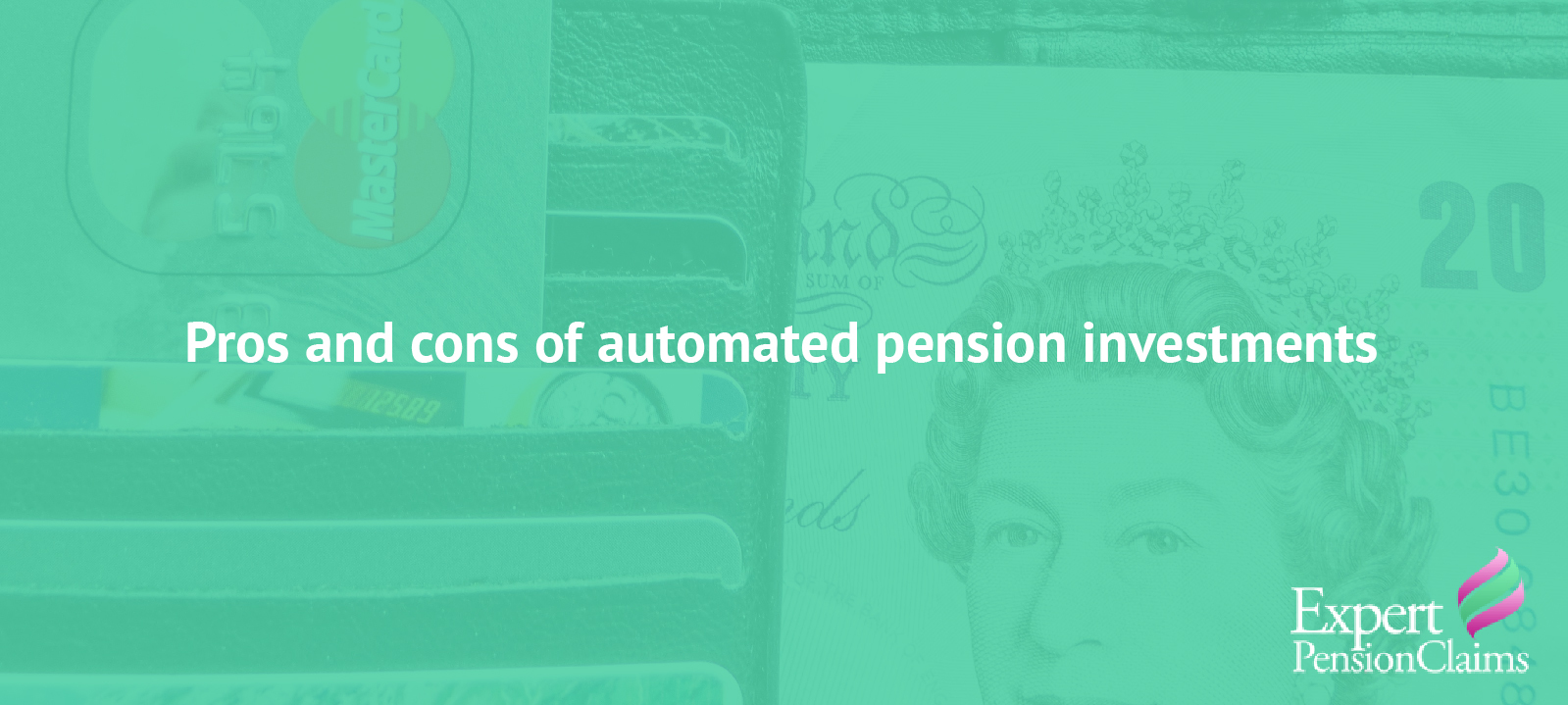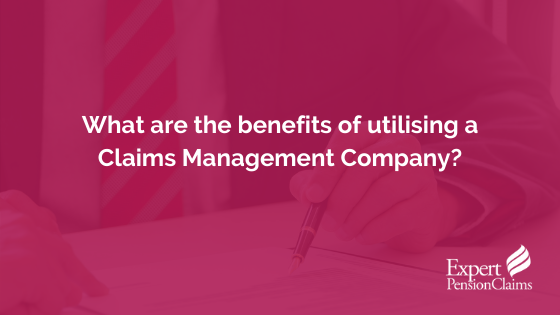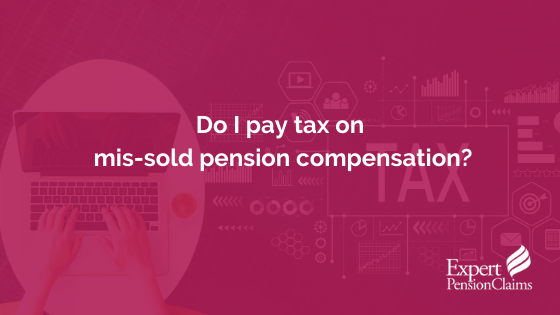There’s no doubt you’ve heard about auto-enrolment pensions before – you may even have been auto enrolled by your employer. But what exactly does auto enrolment mean for you? In this guide, we take a look at the pros and cons of the scheme for employees in the UK.
What is auto enrolment?
Auto enrolment is a process in which all employers must offer a workplace pension scheme to their employees. Rather than opting in, employees like you are auto enrolled if they meet the auto enrolment pension criteria.
What is the criteria?
Put simply, you are auto enrolled if you:
- Are over 22 years of age
- Earn over £10,000 a year
When did auto enrolment start?
Previously, many employees have offered workplace pensions for their employers, but this was on an ‘opt in’ basis. Since October 2012, the government rolled out automatic enrolment for all employees who met the above criteria. By April 2017, all existing businesses were required to participate in the scheme, while new businesses were given an extended deadline of February 2018.
The pros of auto enrolment
If you decide to stay opted into your auto enrolment pension, there are many benefits of the scheme.
A guaranteed retirement income
Perhaps the single biggest benefit of auto enrolment is the guaranteed income you’ll receive once you retire. As you’ll be paying into your pension throughout your whole working life, as will your employer, you’ll have a guaranteed income once you finally retire.
Your employer contributes, too!
Another positive of enrolment pensions is the required contributions by employers. Your employer must contribute a certain percentage of your qualifying income in order to help you save for retirement.
It’s a flexible pension scheme that follows you around
At the moment, the minimum pension contribution is 8% between both you and your employer. This means that you must pay a minimum of 5% and your employer will contribute 3% of your qualifying income. However, in most schemes, you and your employer can pay in more than the minimum amount – thus boosting your savings for retirement.
When you move between jobs, your auto enrolment pension savings will follow you around. Although pensions differ between employers, your money will be automatically switched over when you change jobs. It’s a simple process that the government and pension providers will take care of.
The cons of auto enrolment
The self-employed will miss out
This one goes without saying, but those who are self-employed have no employer to pay into their pension and will therefore have to look for alternative pension investments.
Minimum contribution levels are low
As the minimum contribution is just 8%, you may find your pension savings don’t allow you to continue the same lifestyle once retired. This is particularly important for those who are high earners. Because of this, many employees may decide to invest in other pensions alongside their workplace pension.
Other ways of saving for retirement
If you’re ineligible for auto enrolment workplace pensions, or you’d like to invest your money elsewhere to boost your savings, you may look at other forms of pension investments. These could include:
- Lifetime ISAs
- Cash ISAs
- Self Invested Personal Pensions (SIPPs)
However, it’s important to understand the risks involved with pension investments. Some investments may be considered high-risk for certain individuals. For more information, read our guide to pension investments.
Protect yourself from mis-sold pensions
Unfortunately, in the world of pension investments and savings, many UK citizens are finding themselves on the receiving end of mis-sold pension investments. There are ways in which you can protect yourself from mis-sold investments, but if you believe you may have already been mis-sold, our pensions claim team can help.
Our SIPPs claims team are experienced in helping UK citizens claim back their mis-sold pension investments. For more information, contact our team today on 0800 849 5078 to see if you were mis-sold. Alternatively, fill out a claims form and we’ll be in touch.
Expert Pension Claims is a claims management company. We do charge a fee for our services, but this is only if your claim is successful. We do not charge a cancellation fee. For more information, visit our fees page.














